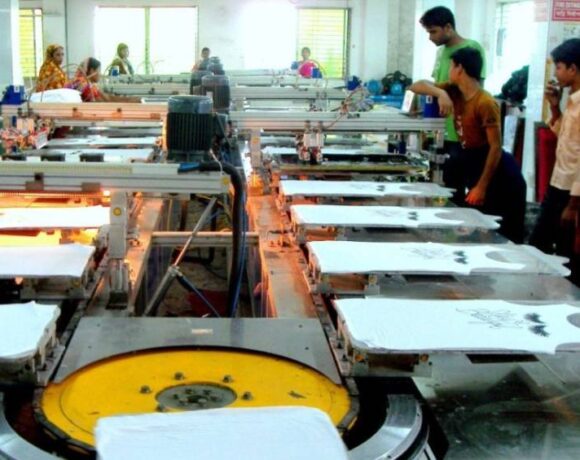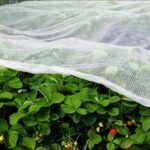Vietnam, India Explore Deeper Textile Cooperation Amid US Tariff Challenges

Vietnam and India have significant potential to strengthen cooperation in the textile and garment sector, particularly as new reciprocal tariffs introduced by the United States are expected to increase export costs for both countries. According to Bùi Trung Thướng, Trade Counselor at the Vietnam Trade Office in India, the shifting U.S. trade policy highlights the urgent need for Vietnam and India to build resilient, regional supply chains.
Vietnam is the world’s third-largest textile and garment exporter, with exports reaching US$ 44 billion in 2024. India, meanwhile, is a leading supplier of raw materials such as cotton and cotton yarn. Its long-standing textile industry is supported by a wide variety of natural fibres—including cotton, jute, silk and wool, as well as synthetic fibres like polyester and nylon.
India has developed strong capabilities in producing polyester textiles, artificial silk (rayon), acrylics and blended materials. The country ranks among the world’s top exporters of synthetic and mixed-fibre textile products, according to the Vietnamese Ministry of Industry and Trade.
Vietnam currently sources around 65 per cent of its textile inputs from China. Thướng noted that increasing imports of cotton and yarn from India would help diversify supply chains and reduce material costs by 22 to 27 per cent, thanks to preferential tax rates under the ASEAN-India Free Trade Agreement (AIFTA).
To promote bilateral cooperation, Thướng proposed the establishment of a US$ 500 million joint investment fund to build spinning mills in southern India and northern Vietnam. He also recommended setting up smart textile research centres in Ho Chi Minh City and Bangalore.
In addition, he called for a bilateral preferential tax agreement to reduce import-export costs and enhance competitiveness. Thướng also suggested launching a Vietnam-India textile innovation fund to support collaborative research in green technologies, technical textiles and recycled materials.
India has a growing demand for premium polyester fabrics, estimated at US$ 1.2 billion annually. At the same time, Vietnam could benefit from importing shuttleless looms from India, which are 30 to 40 per cent cheaper than European alternatives. “By leveraging each other’s technological strengths and market complementarities, Vietnam and India can establish efficient, two-way supply chains,” Thướng said.
The U.S. tariff hike is likely to increase export costs for textile and garment products from both Vietnam and India. Thướng emphasized that both countries must act swiftly to adapt, by implementing regional cooperation strategies and expanding into FTA markets such as the EU, Japan and South Korea.














